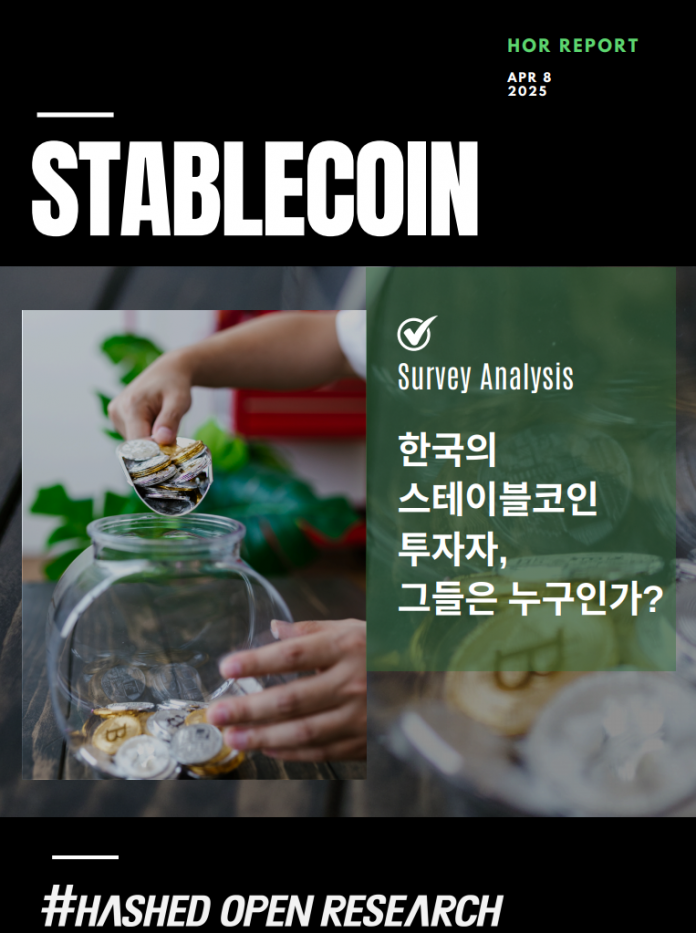
As global trade tensions and exchange rate instability persist, investors are rapidly turning their attention to stablecoins. In particular, stablecoins like Tether (USDT), which are pegged 1:1 to the U.S. dollar, are emerging not just as investment tools but as digital substitutes for traditional dollar holdings.
This trend is especially pronounced in South Korea. According to a recent survey by Hashed Open Research (HOR), 37.7% of Korean stablecoin investors cited securing dollar-denominated assets as their main reason for holding stablecoins. This indicates that digital assets are increasingly being used not only for crypto investments but also as alternative means of foreign currency exposure.
The growing demand for stablecoins has been fueled by the recent strengthening of the U.S. dollar. With trade tensions escalating between the U.S. and China, investors are looking for more accessible ways to hold dollars—and stablecoins, which can be purchased through crypto exchanges anytime, offer a convenient solution. On local exchanges, Tether has recently recorded significantly higher trading volumes than major coins like Ethereum and Solana.
Stablecoins are especially popular among younger investors in their 20s to 40s. Many of them use stablecoins to trade on overseas exchanges, profit from arbitrage opportunities known as the “kimchi premium,” or earn interest yields of around 4%. According to the same survey, 24.3% of respondents cited earning interest as their goal, 29.7% sought arbitrage profits, and 15.3% used stablecoins for business-related remittances.
Stablecoin holders also tend to have larger crypto portfolios compared to average investors. About 61% of stablecoin investors hold over 10 million KRW (approx. $7,400) in digital assets, which is roughly 2.5 times the average among general crypto holders. This suggests that those using stablecoins are generally more proactive in managing their assets.
Experts believe that stablecoins have the potential to coexist with fiat currencies as mainstream means of payment. In fact, some small-scale business owners and traders are reportedly using stablecoins for real-time international transfers due to their speed and cost-effectiveness.

No longer confined to serving as tools for crypto trading, stablecoins are rapidly becoming a modern method of dollar holding. As this transition gains momentum, it’s becoming increasingly urgent for regulators and institutions to prepare a supportive infrastructure that protects investors and ensures market stability.






